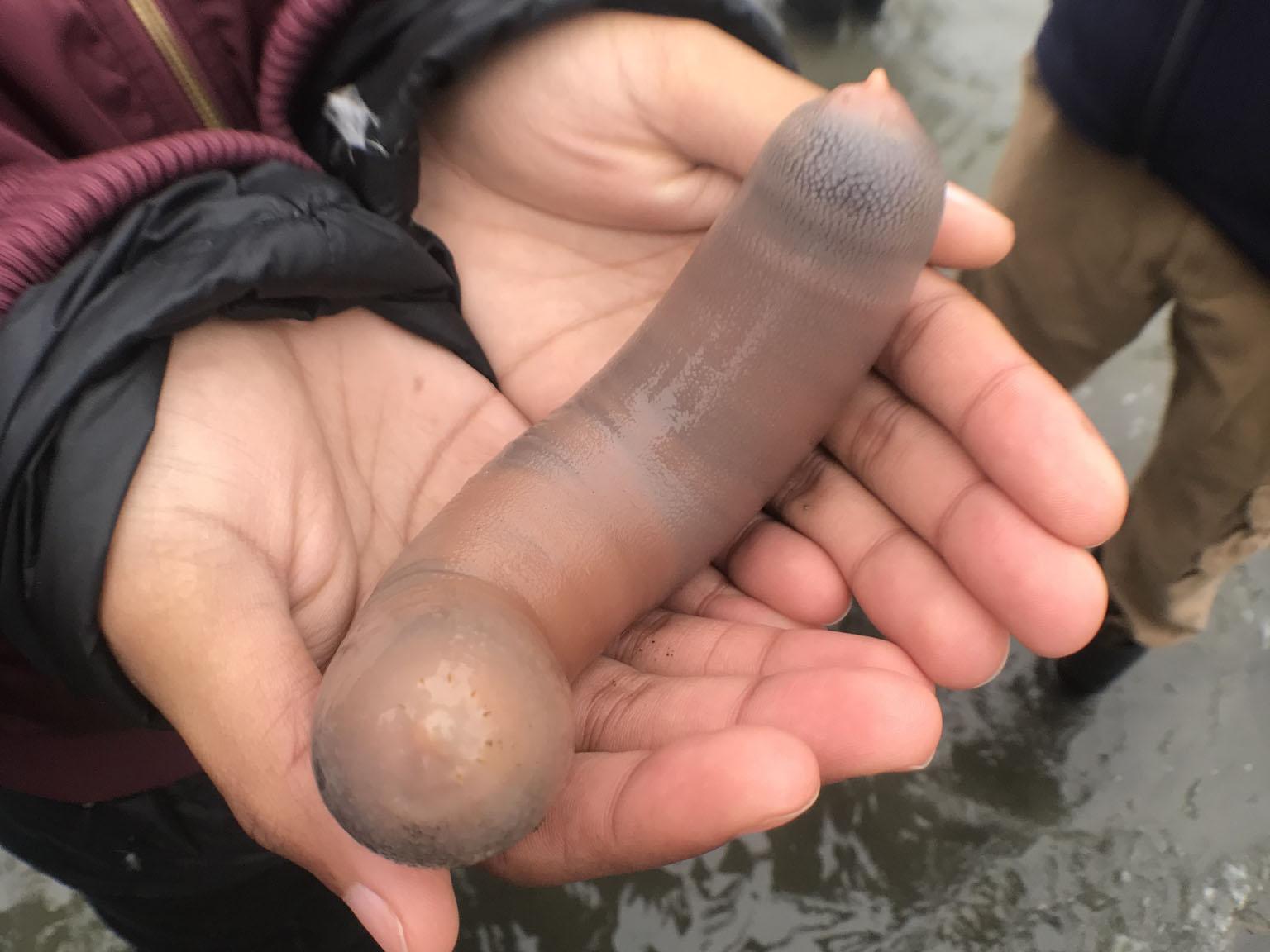Thousands of ‘wiggly penis fish’ wash up on California Beach
The phallic 10-inch marine creatures usually live in burrows under the sand

Beachgoers in California were treated to the sight of thousands of 10-inch fat innkeeper worms, which look like ‘pink sausages’, stranded on the shore after a storm.
The fat innkeeper worms, informally known as ‘penis fish’, washed up on Drake’s Beach along the coast of northern California.
According to nature magazine Bay Nature, the non-segmented marine worms are commonly found along the west coast of North America and usually live in burrows under the sand.
A recent storm washed away several feet of sand from the beach, leaving the distinctively phallic worms exposed.
The burrows they live in are U-shaped and often used as shelter by other marine creatures such as pea crabs, shrimps, and goby fish – which is how the fat innkeeper worm got its name.
View this post on InstagramA post shared by Bay Nature Magazine (@baynaturemagazine) on
The magnanimous worm also provides food for its tenants, allowing them to feed on leftover plankton it traps in a net of slime.
The worms are preyed on by otters, seagulls, sharks, and also humans.
In South Korea, fat innkeeper worms are known as ‘gaebul’ and are a delicacy typically eaten raw and said to have aphrodisiac effects.
Join our commenting forum
Join thought-provoking conversations, follow other Independent readers and see their replies
Comments
Bookmark popover
Removed from bookmarks